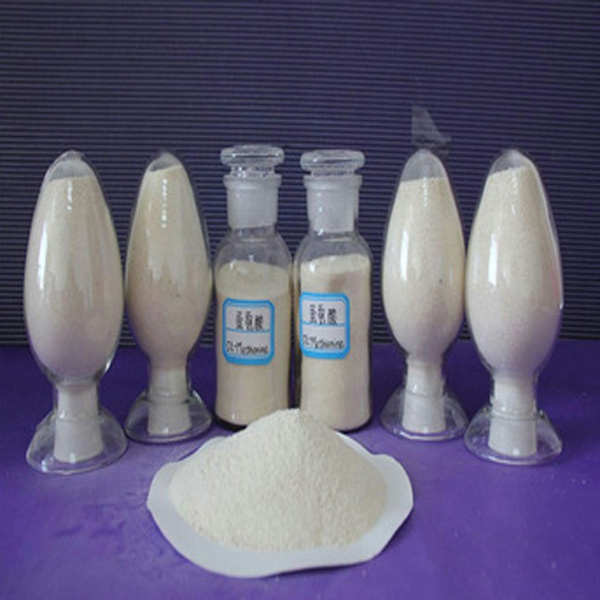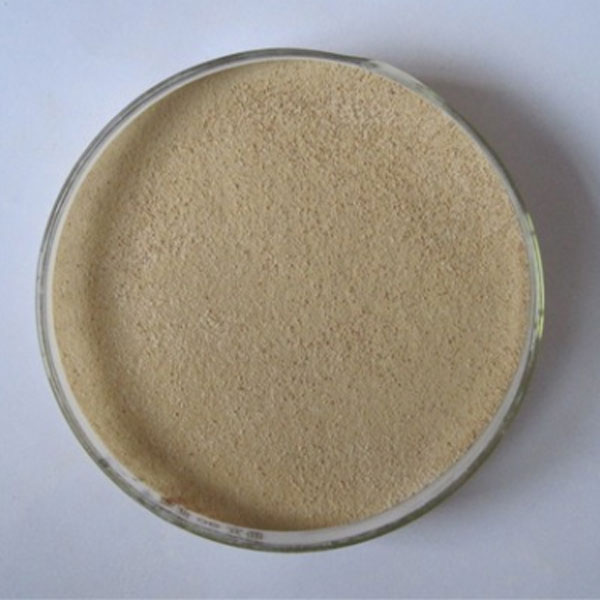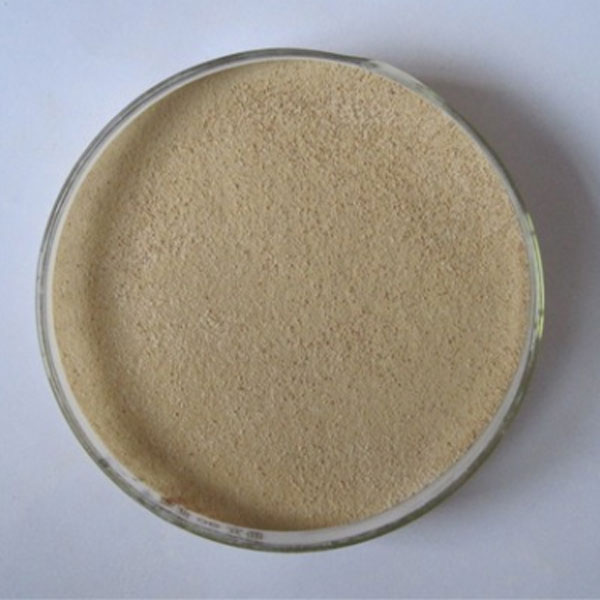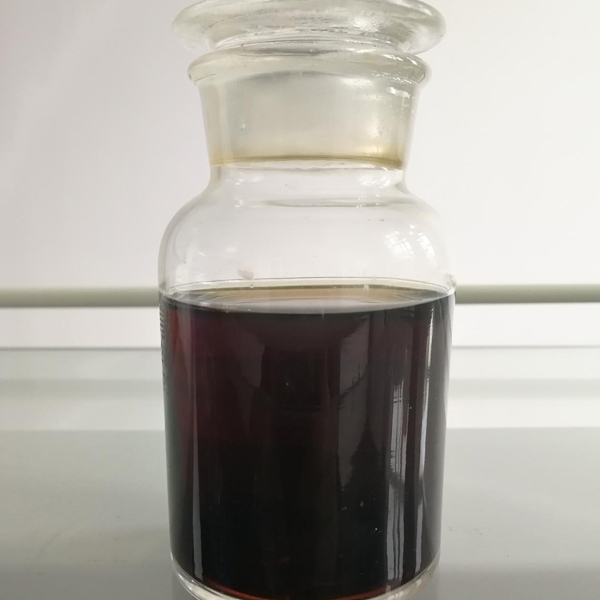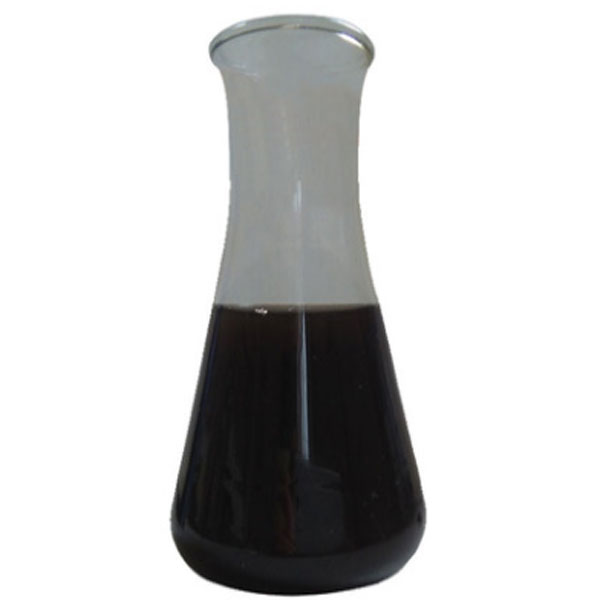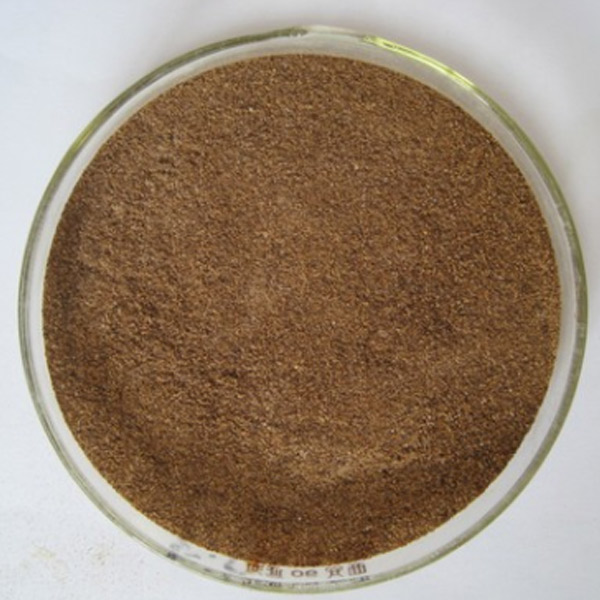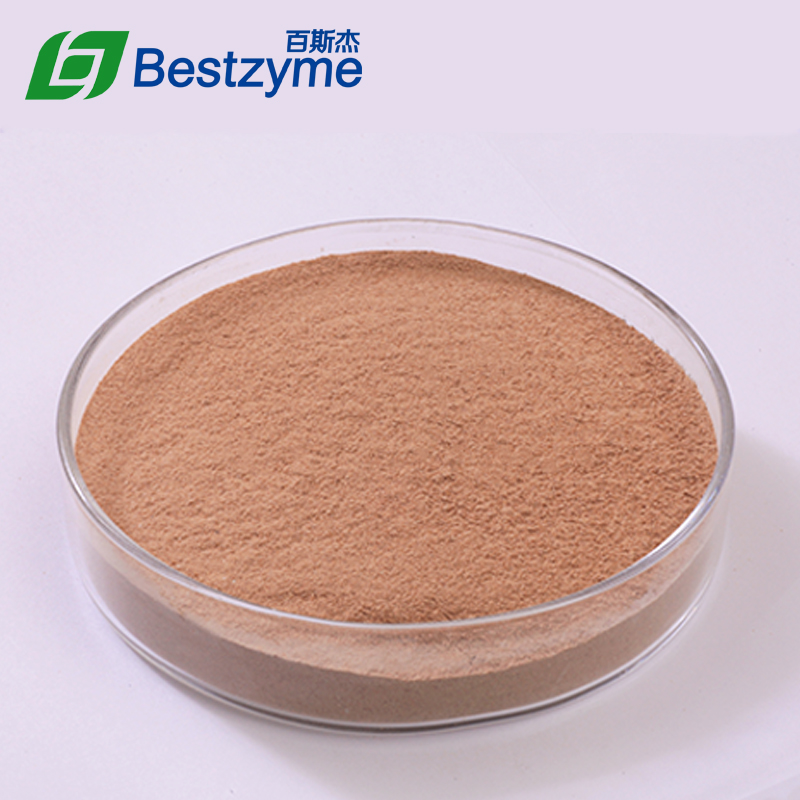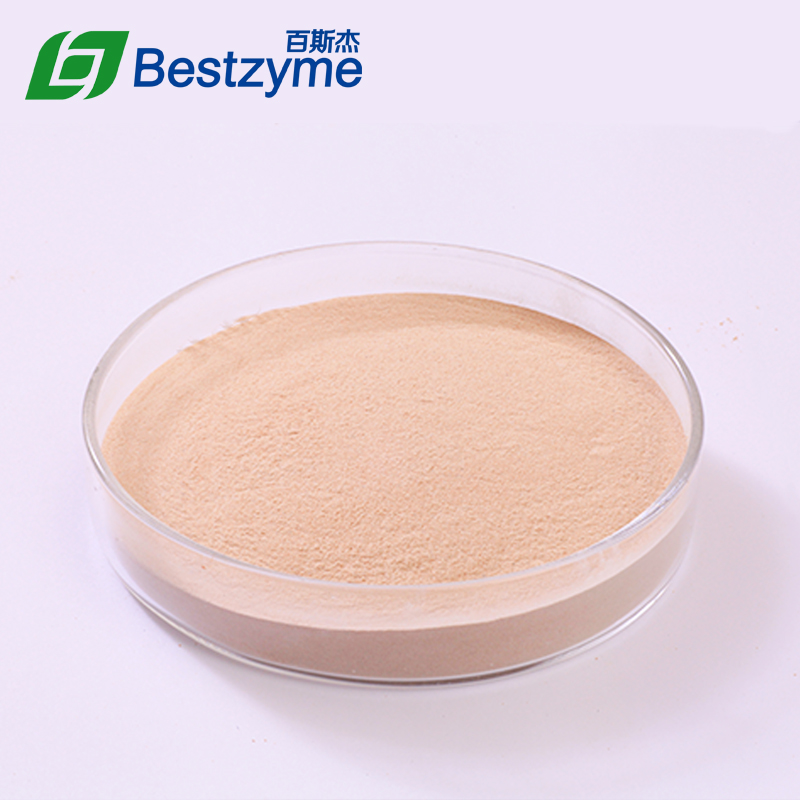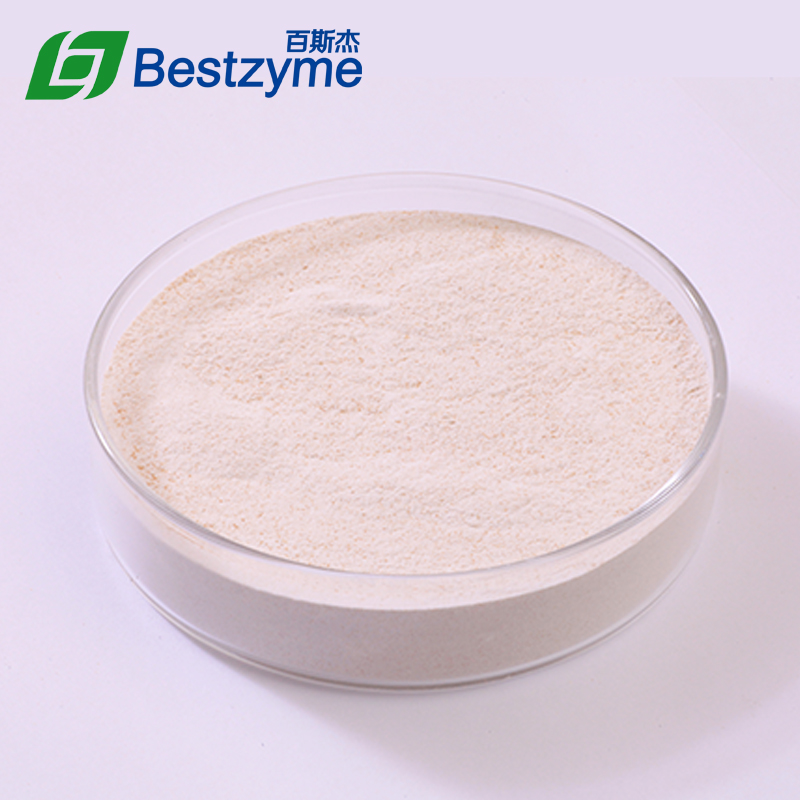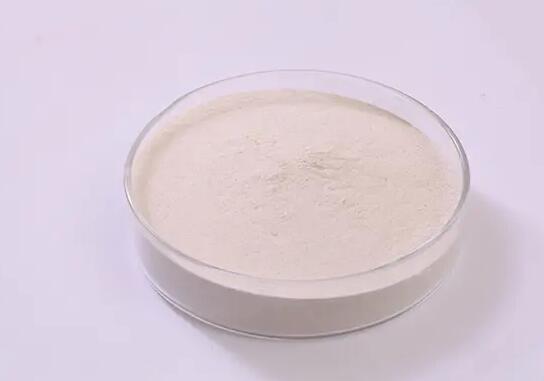Textile Enzyme
Stickum adhering to and inlaying the fasciculus is removed by textile enzymes, accelerating the separation of fibers, strengthening the wettability and hygroscopicity for the surface of textiles and improving the dyeing effect of yarn and textile. Textile enzymes can wipe filoplume, pelletizing and barge effect on the surface off. The textile will become softer and fluffier with good drapability, and it will not feel itchy when people wear bast fiber textile after the treatment. It can discompose the amylum, starch derivatives, the blending of amylum/compound size, which can transform amylum into dextrine quickly to lower the viscosity for making it extremely easy removed in the subsequent washing, having the ideal effect of getting rid of starch pulp and obtaining an excellent handle without damaging the textile. Shingenzyme is one of the famouse textile enzymes suppliersin China offering quality textile enzymes.
Other supplier products
|
|
Cleaner Enzyme |
Cleaner Enzyme
such as protease, lipase and diastase, which can decompose protein, carbohydrate and lipids into the constituent having re... |
|
|
Acid Lipase |
Alkaline protease was extracted by liquid culture of Bacillus licheniformis NO.2709. This product is an alkaline protease enzymepreparation catalyz... |
|
|
Acid Lipase |
Mesothermal Alpha Glucoamylase is extracted by Bacillus any breach No.BF7658 after liquid culture and fermentation, which can efficiently catalyze ... |
|
|
Pullulanase |
Pullulanaseis produced from Bacillus licheniformis by deep fermentation. It can be widely used in beer, starch sugar, monosodium glutamate, alcohol... |
|
|
Acid Lipase |
Acid lipase enzyme powder is a kind of lipase extracted from aspergillus Niger strain. Typical application fields include feed, food, medicine, che... |
供应产品
Same products









